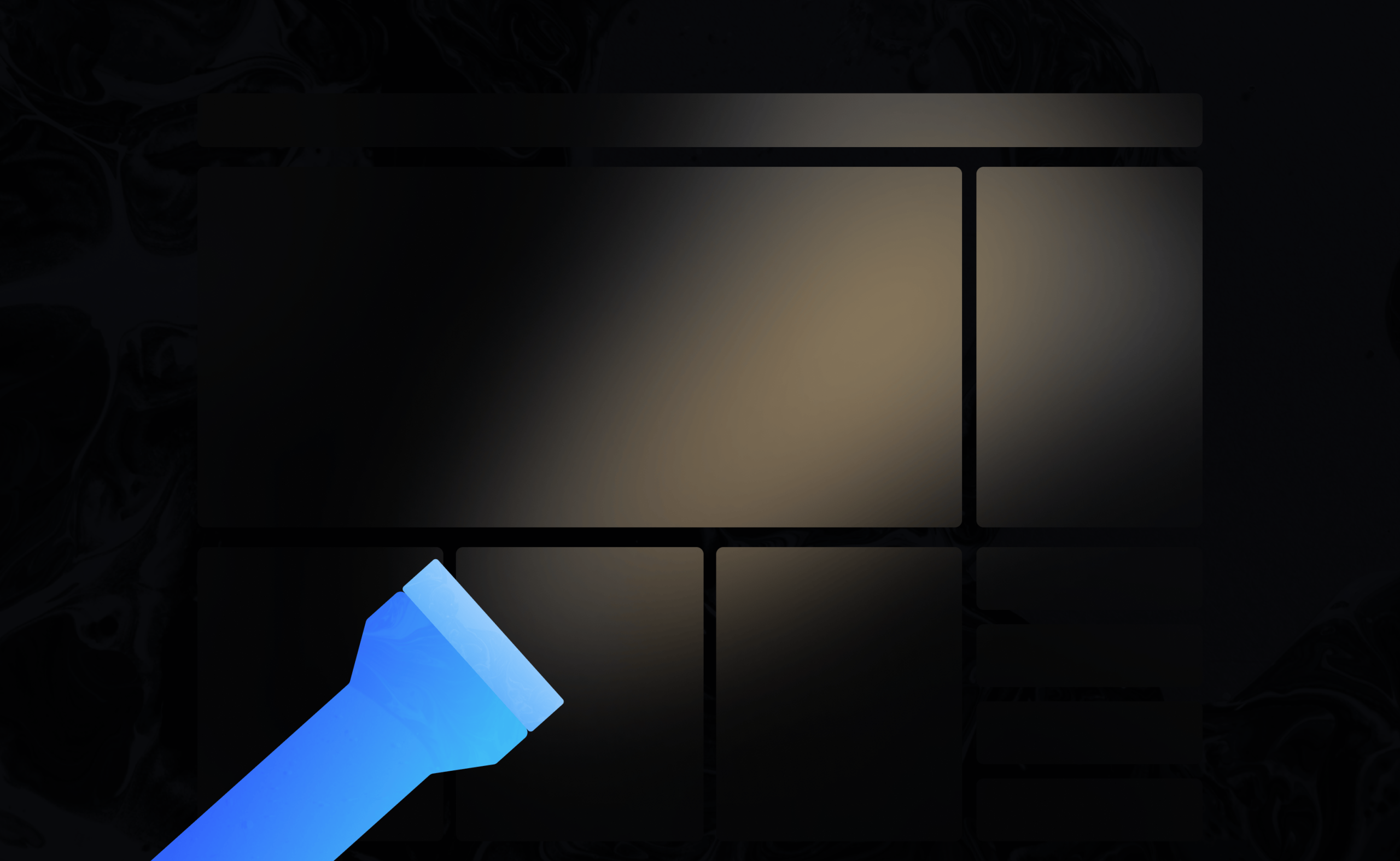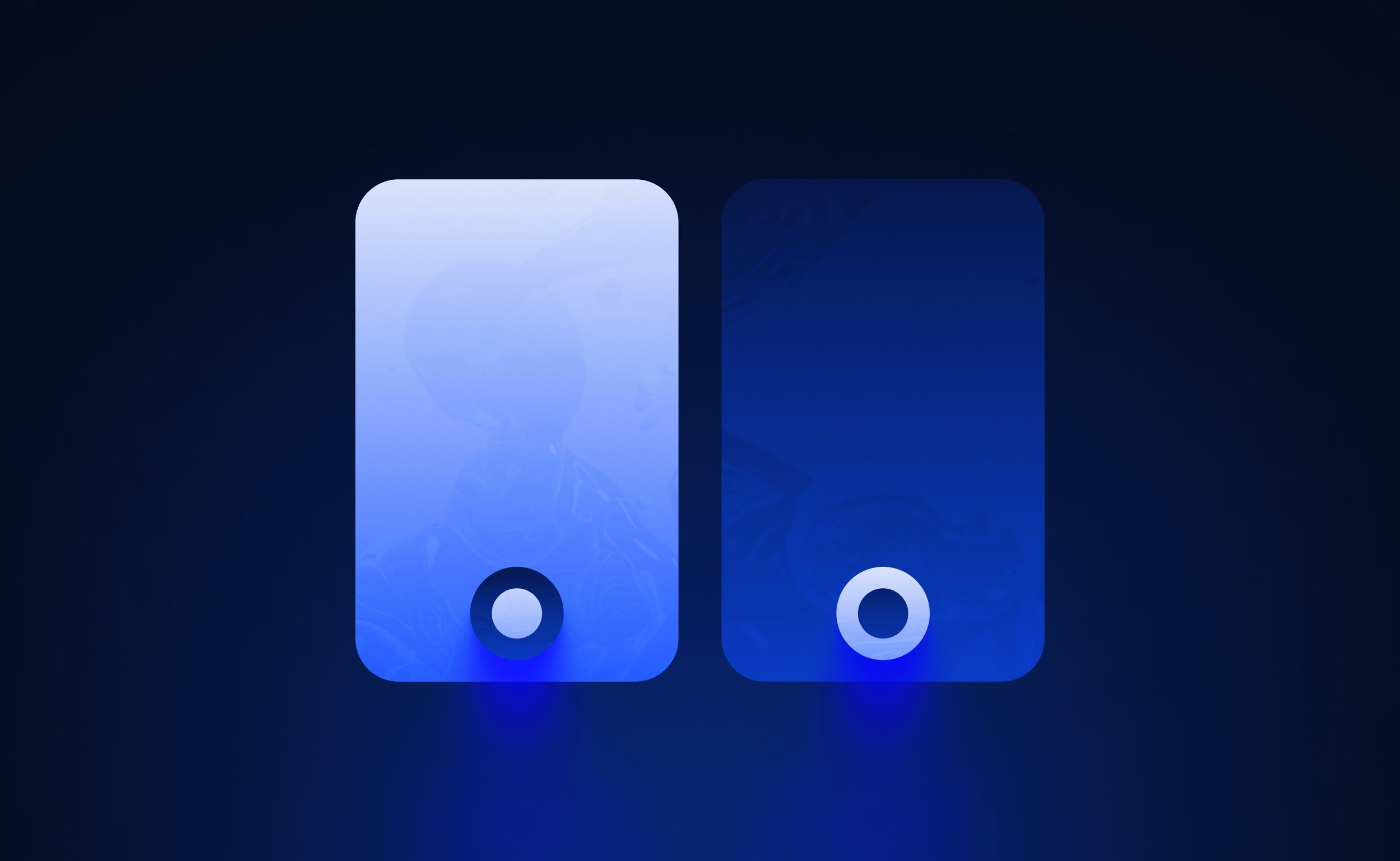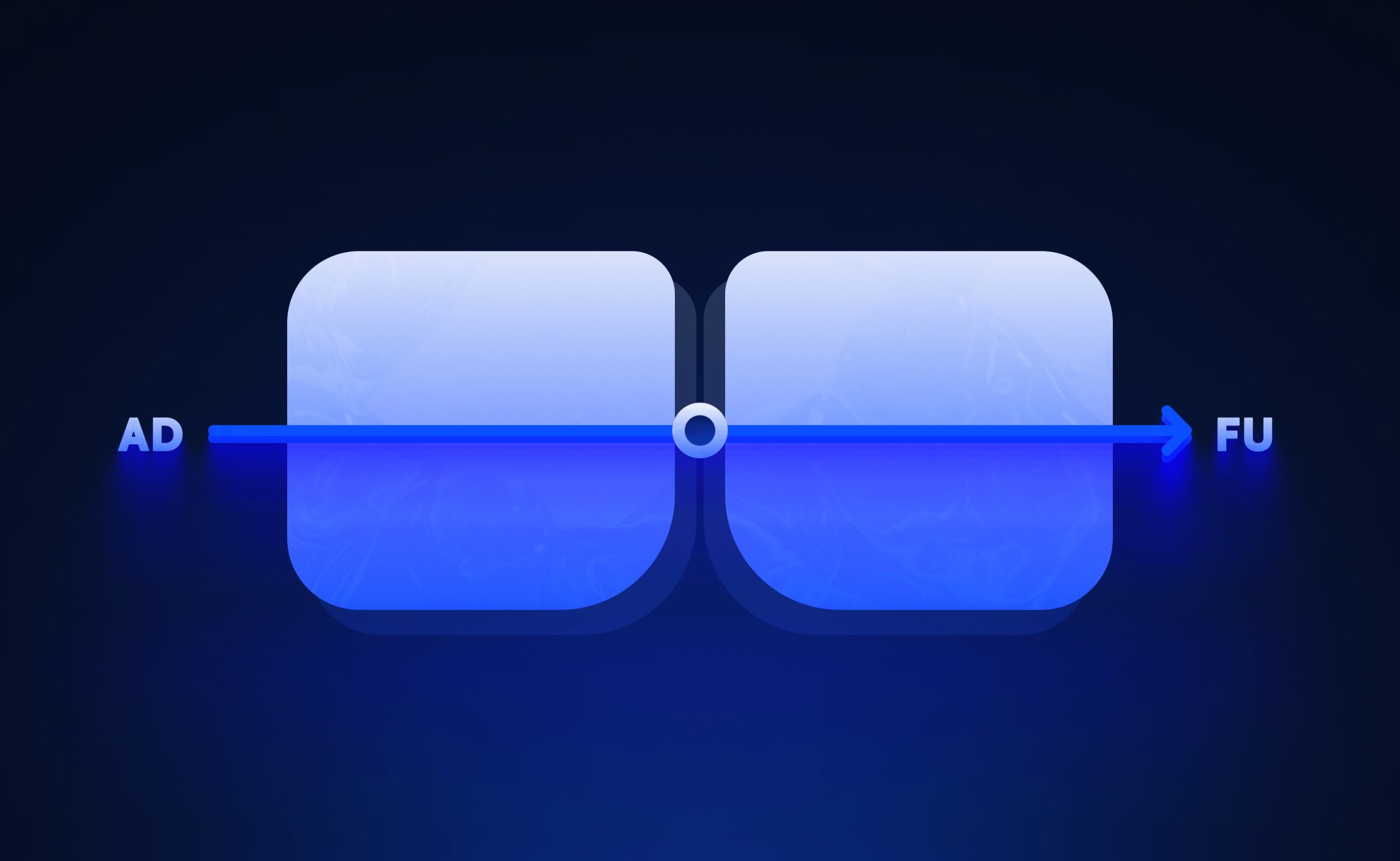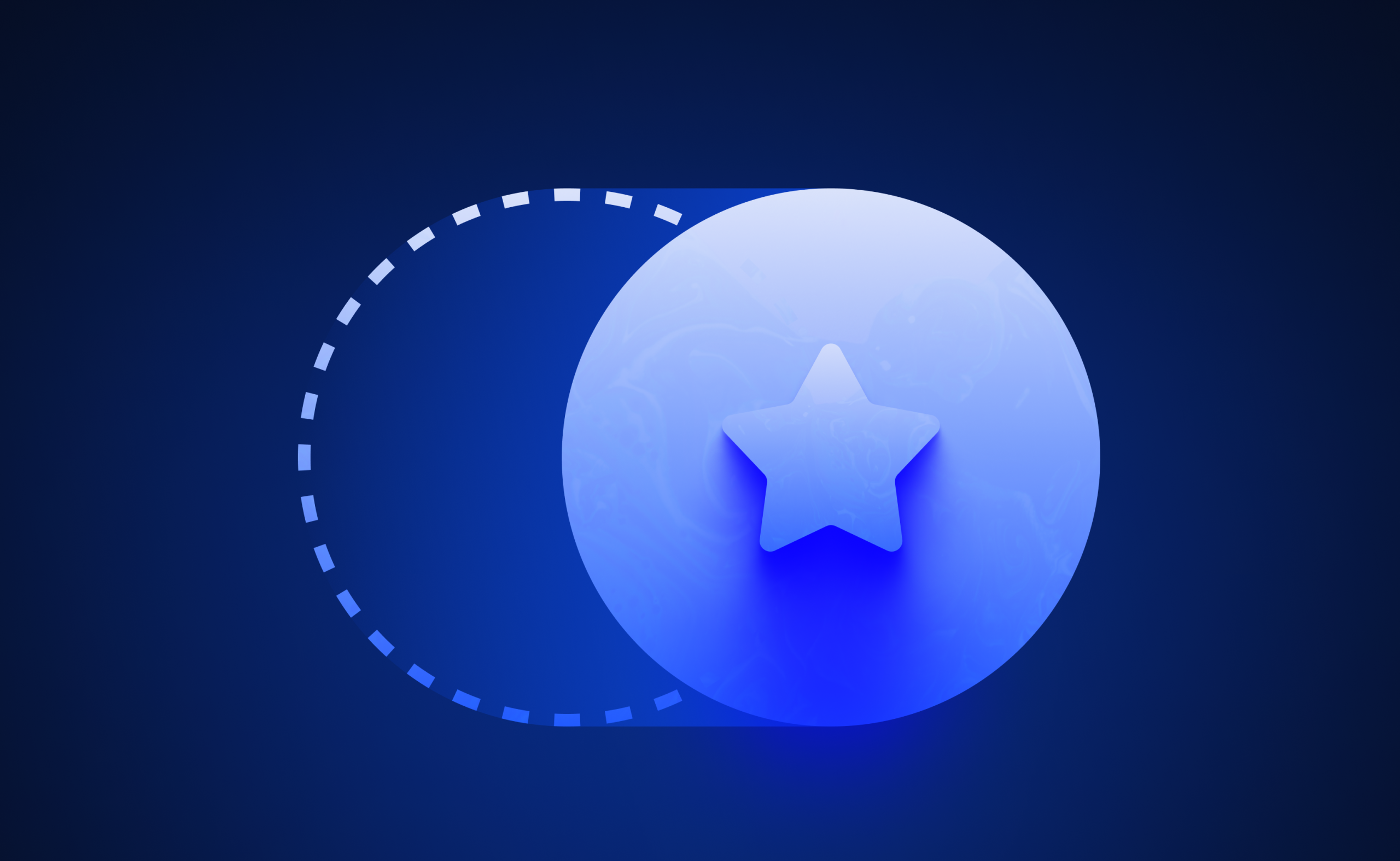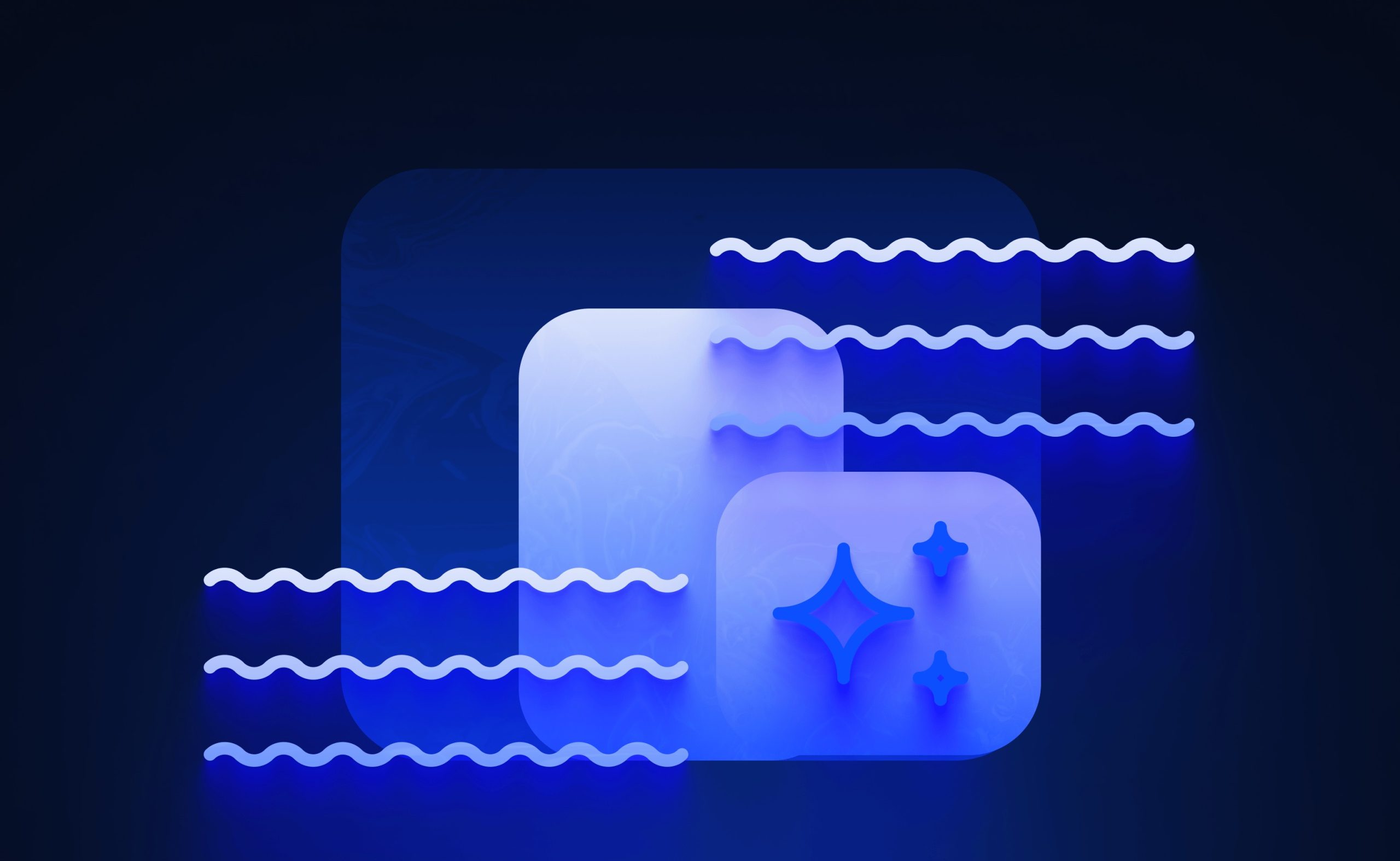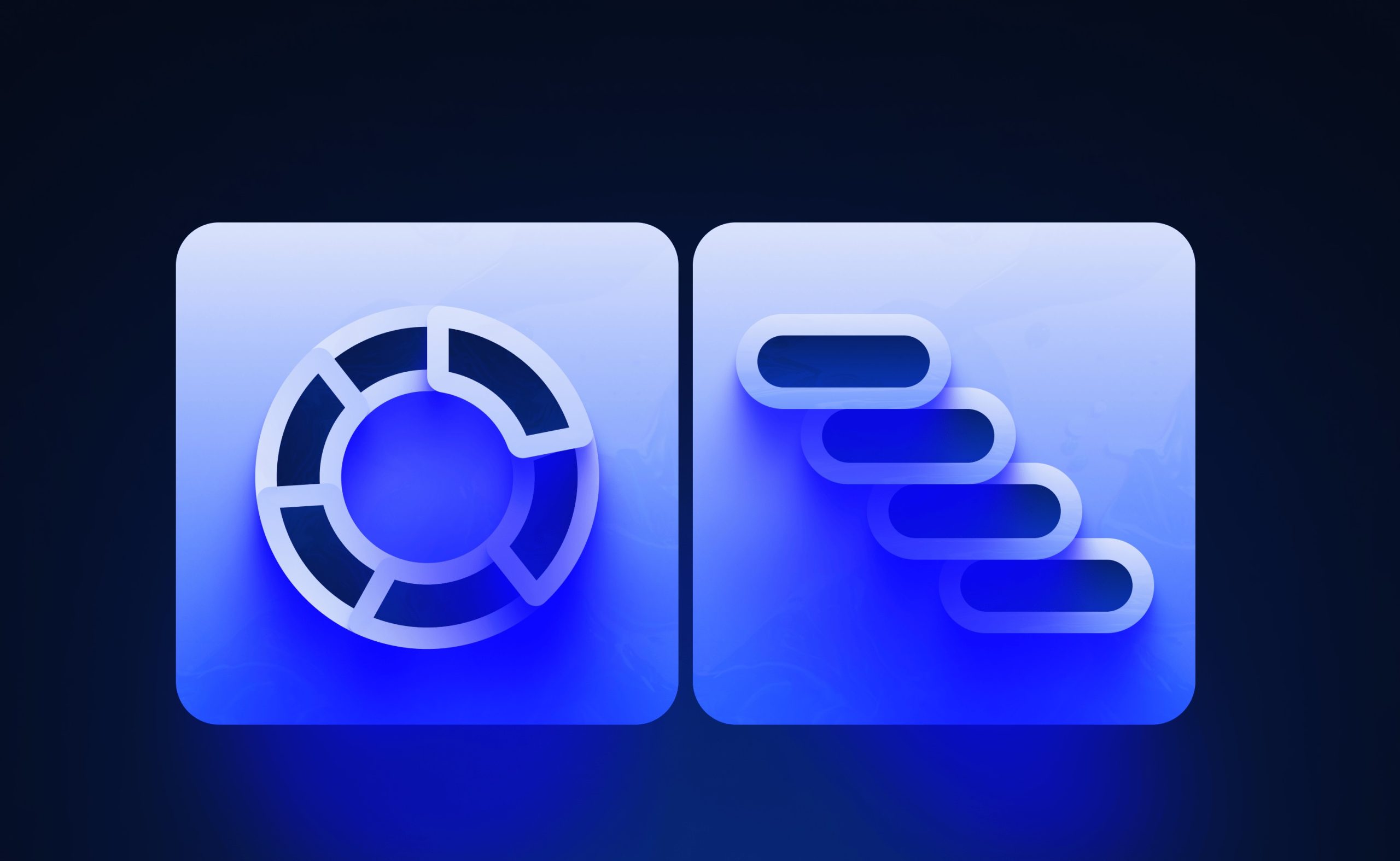When Twitter launched dark mode in 2016, many dismissed it as just another design trend. Fast forward to today, and 81% of users choose dark mode when available. What started as a visual preference has evolved into something more fundamental.
The Science Behind Dark Mode
Your phone emits blue light—the same light that tells your brain it’s daytime. Using bright screens at night disrupts sleep and strains eyes. Dark mode reduces this blue light emission by up to 65%.
Apple found that switching to dark mode can extend battery life by 30% on OLED screens. For companies with thousands of devices, this means real energy savings.
Beyond User Preference
Facebook’s research reveals that 74% of developers prefer to code in dark mode. Programmers using dark IDEs report 18% fewer errors during long coding sessions.
Slack switched to dark mode after user requests topped their feature list for two years. Within months, 67% of their daily users had made it their default setting.
Implementation Challenges
Converting to dark mode isn’t simply inverting colors. Spotify’s team spent months testing different dark palettes to find one that maintained brand identity while reducing eye strain.
Microsoft discovered text readability drops by 24% with pure white on black. Their solution? Using light gray on dark gray backgrounds to maintain contrast while reducing harshness.
Business Impact
Companies that added dark mode saw a 47% increase in evening app usage. Bank of America reported users spending 18% more time in their app after introducing dark options.
Adobe found that 93% of users who try dark mode continue using it. This isn’t just preference—it’s retention.
Is It Worth The Investment?
Implementing proper dark mode typically requires 80-120 developer hours for large apps. Is it worth it?
When Uber added dark mode, driver app engagement increased by 14% during night shifts. For every 10,000 drivers, this meant approximately 900 more completed rides per night.
Finding The Right Approach
The most successful implementations give users a choice. Gmail added a system-default option that matches device settings, reducing setting changes by 25%.
What’s Next
Dark mode is evolving. Samsung is testing adaptive brightness that adjusts based on ambient light. Early tests show this reduces eye strain by an additional 32%.
What started as a trend has become a core feature affecting user experience and business metrics. The question isn’t whether to implement dark mode—it’s how to do it right.
As you plan your next update, remember: dark mode isn’t just about looks—it’s about how it feels to use for hours on end.




